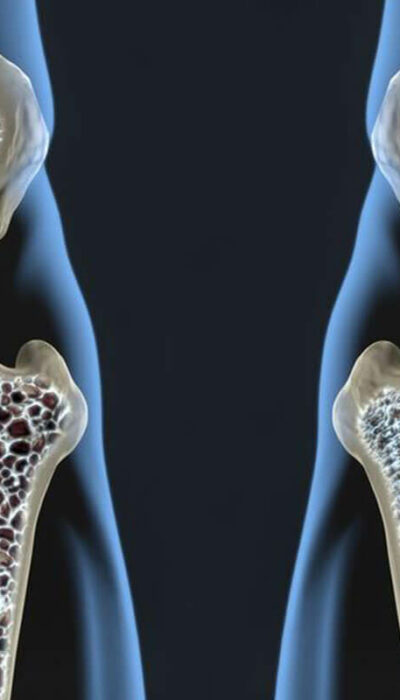
A Month By Month Guide To Seasonal Allergies
People sometimes suffer from allergies for some part in the year. The most common among seasonal allergies are: Spring allergies Fall allergies Winter allergies But there are cases where you end up suffering from allergies all through the year. This seasonal allergy chart can help you prepare for any kind of allergic reaction. Let’s take a look at the range of seasonal allergies which affect people, and the part of the year when you’re most vulnerable. January: Pollen allergies may not be an issue during the cold months of winter. But indoor heating makes your house a dust-allergen hot spot. Some basic preventive measures against house dust allergies are: Maintain home humidity below 55% Vacuum your home often Cover pillows and mattresses with dust mite-proof covers February: Dust could act as a year-round allergen for a large number of people. But if dust allergies are not a trouble for you, trees may still cause your allergies to peak. In some parts of the world, tree pollen appears as early as February. Trees that account for the most allergies are: Catalpa Elm Hickory Olive Symptoms of tree allergies are the same as those caused by spring allergies. These include: Watery eyes Congestion Colds and flu March: Tree pollen stays the most common allergens in March as well. The month could cause spring allergies if grass grows early. Further, the pollen count in the air is also high in March. After this, is when the seasonal allergy chart gets into the real problem areas. April: April represents the onset of spring season. The flowers are in full bloom with pollen count at an all-time high. The flowers and the pollen, unfortunately, increase incidents of spring allergy. In some places, grass pollen acts as a powerful allergen in April. As grass pollen combines with flower pollen, spring allergies peak around April.










